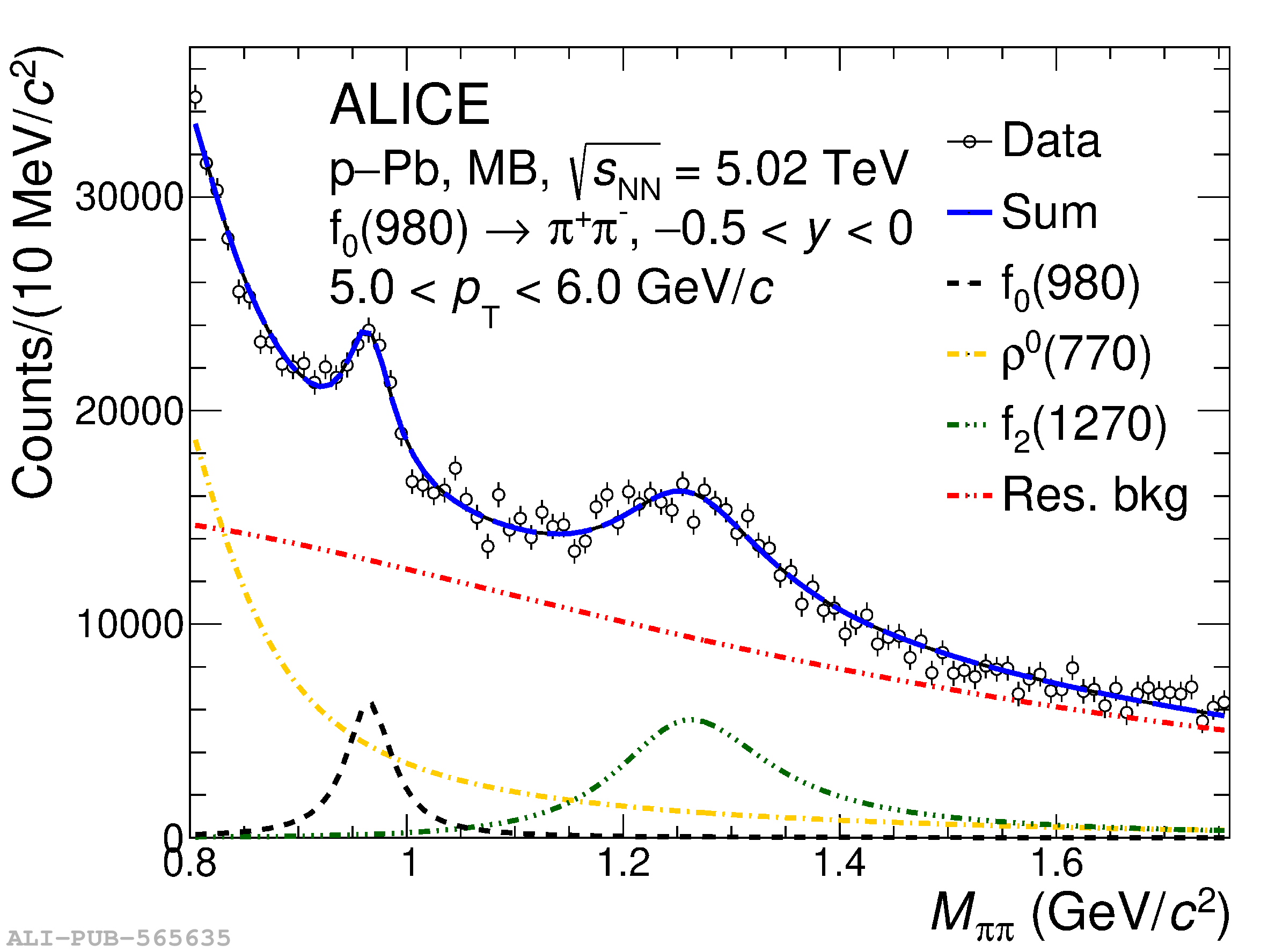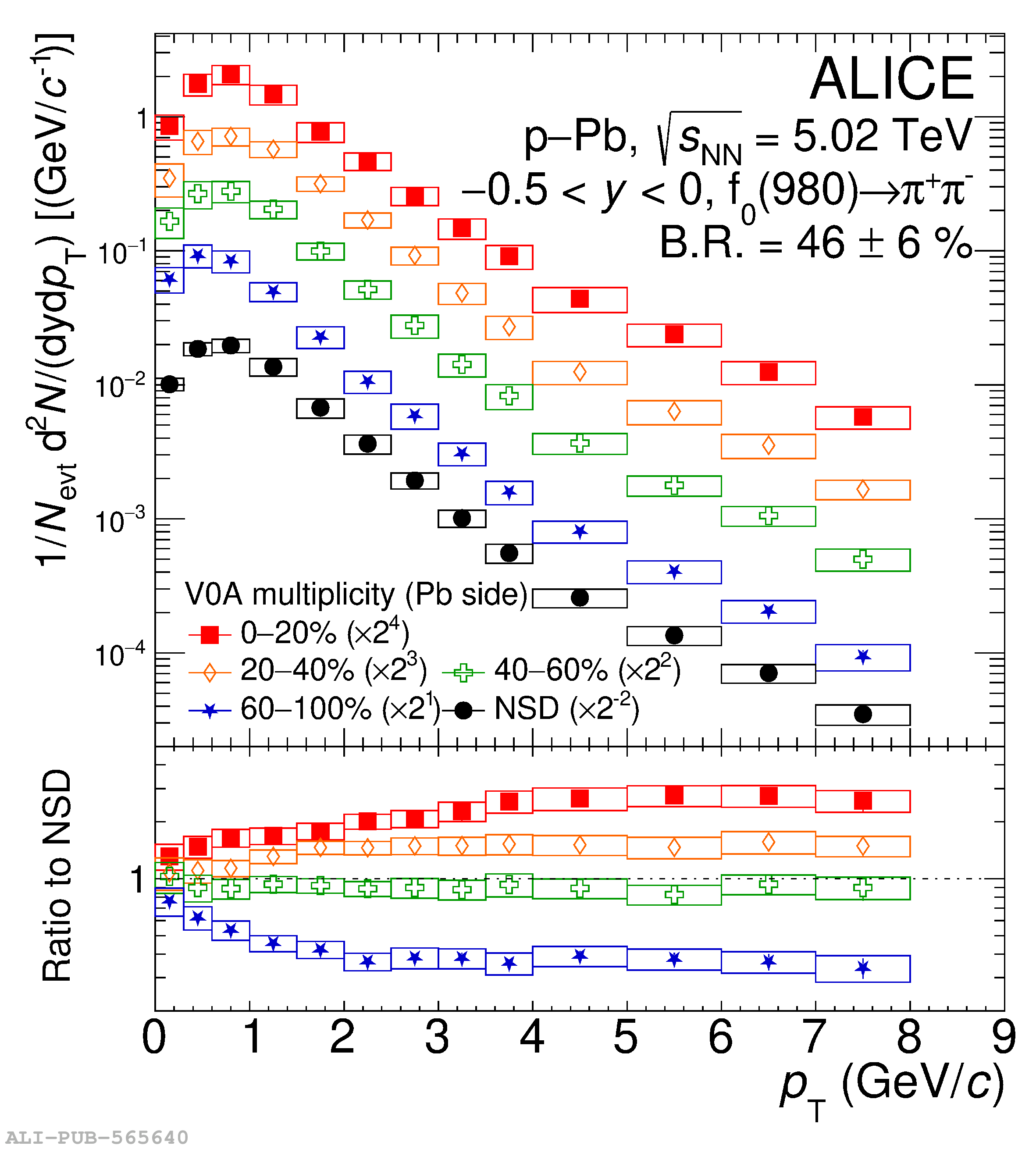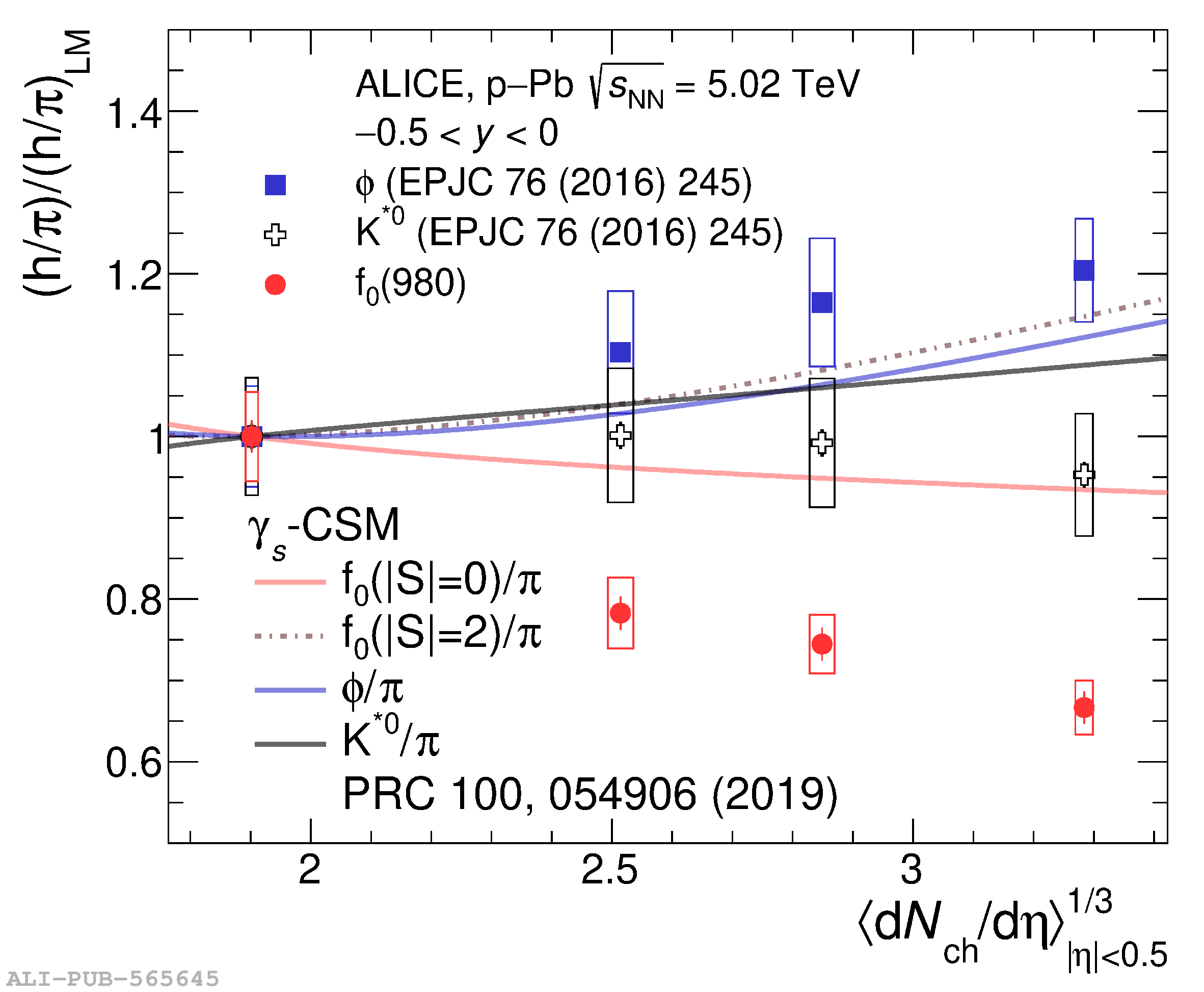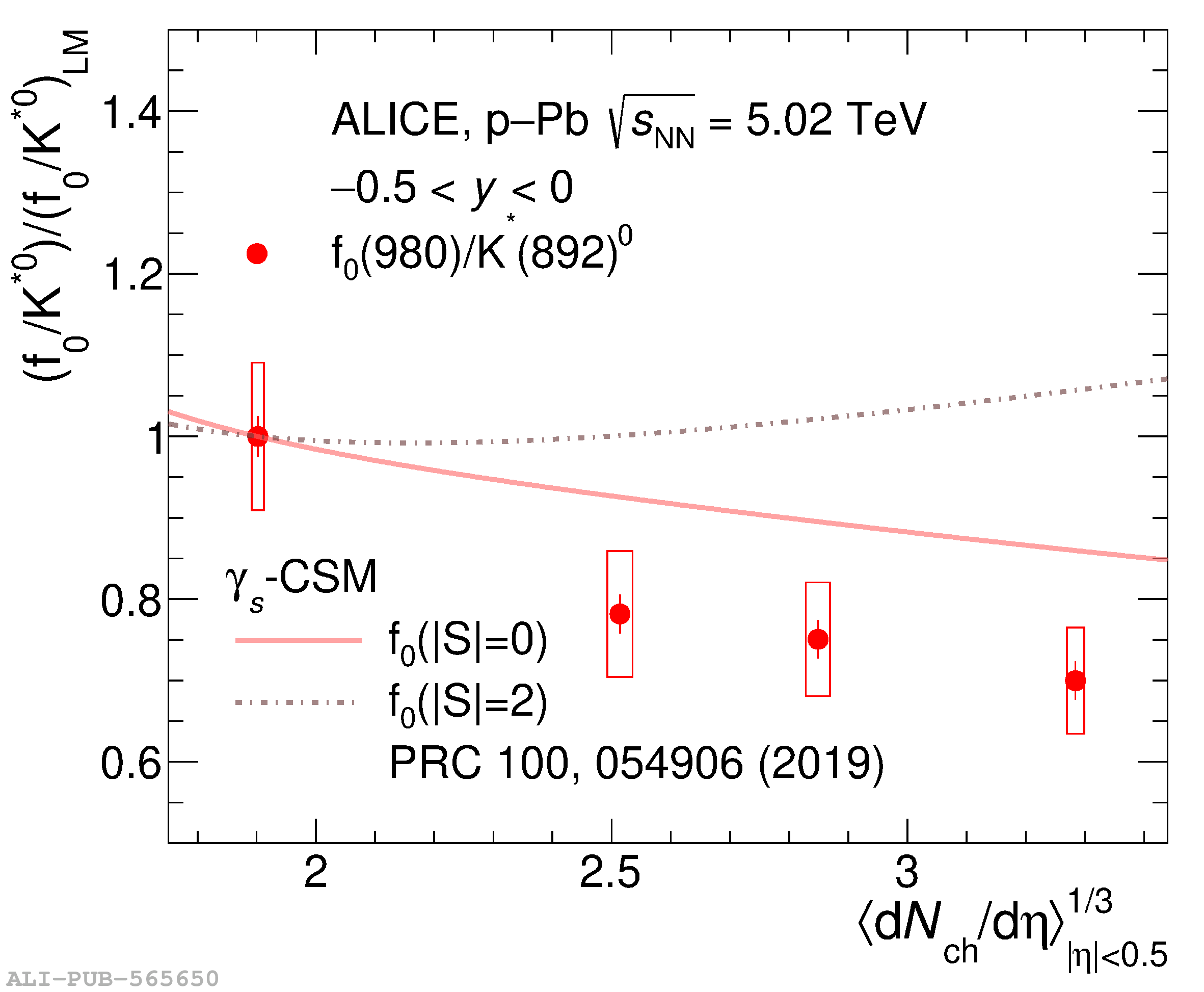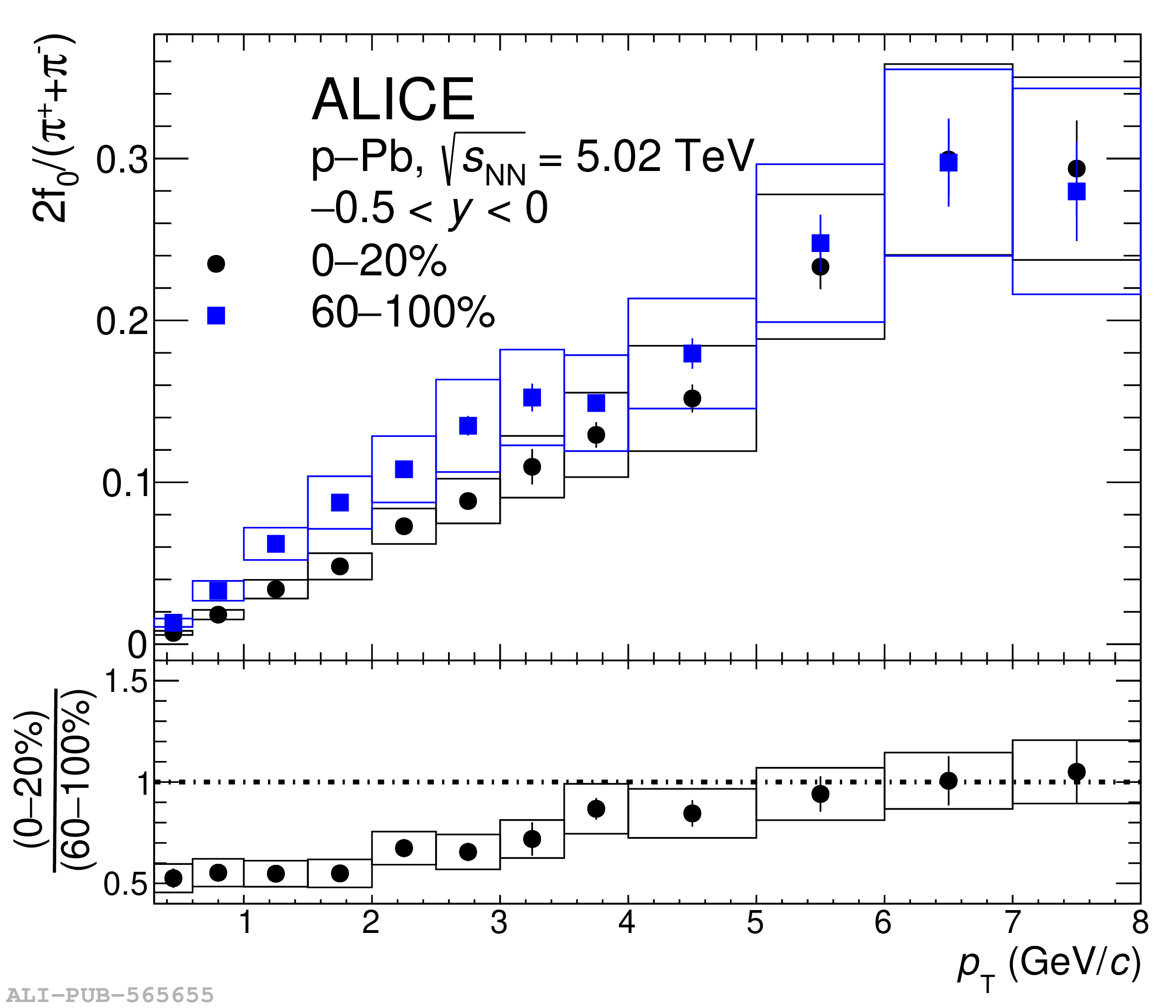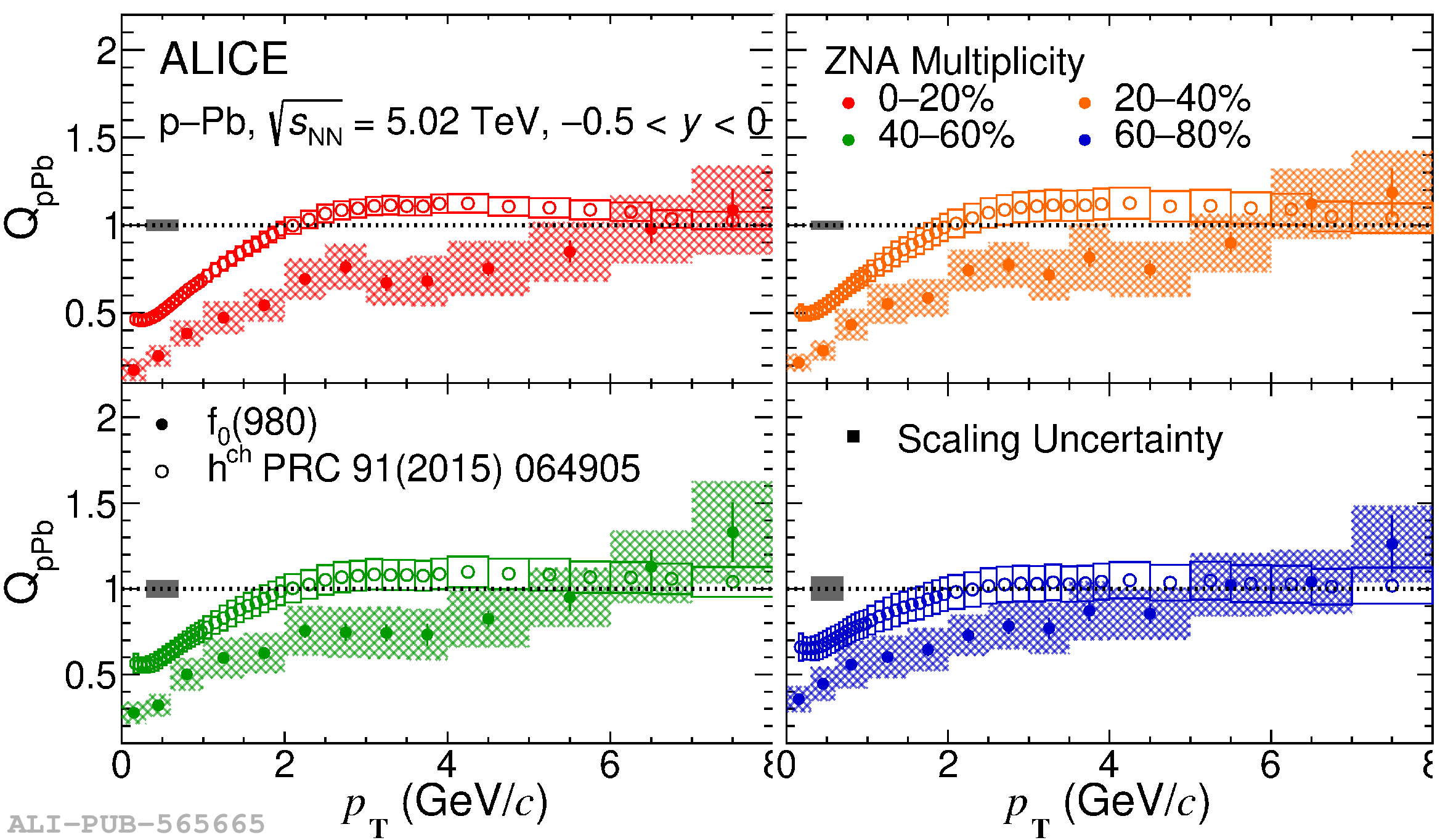The dependence of $\mathrm{f}_{0}$(980) production on the final-state charged-particle multiplicity in p$-$Pb collisions at $\sqrt{s_{\mathrm{NN}}} = 5.02$ TeV is reported. The production of $\mathrm{f}_{0}$(980) is measured with the ALICE detector via the $\mathrm{f}_0 (980) \rightarrow \pi^{+}\pi^{-}$ decay channel in a midrapidity region of $-0.5<~y<~0$. Particle yield ratios of $\mathrm{f}_{0}$(980) to $\pi$ and $\mathrm{K}^{*}$(892)$^{0}$ are found to be decreasing with increasing charged-particle multiplicity. The magnitude of the suppression of the $\mathrm{f}_{0}$(980)/$\pi$ and $\mathrm{f}_{0}$(980)/$\mathrm{K}^{*}$(892)$^{0}$ yield ratios is found to be dependent on the transverse momentum $p_{\mathrm{T}}$, suggesting different mechanisms responsible for the measured effects. Furthermore, the nuclear modification factor $Q_{\mathrm{pPb}}$ of $\mathrm{f}_{0}$(980) is measured in various multiplicity ranges. The $Q_{\mathrm{pPb}}$ shows a strong suppression of the $\mathrm{f}_{0}$(980) production in the $p_{\mathrm{T}}$ region up to about 4 GeV/$c$. The results on the particle yield ratios and $Q_{\mathrm{pPb}}$ for $\mathrm{f}_{0}$(980) may help to understand the late hadronic phase in p$-$Pb collisions and the nature of the internal structure of $\mathrm{f}_{0}$(980) particle.
Phys. Lett. B 853 (2024) 138665
HEP Data
e-Print: arXiv:2311.11786 | PDF | inSPIRE
CERN-EP-2023-263
Figure group


